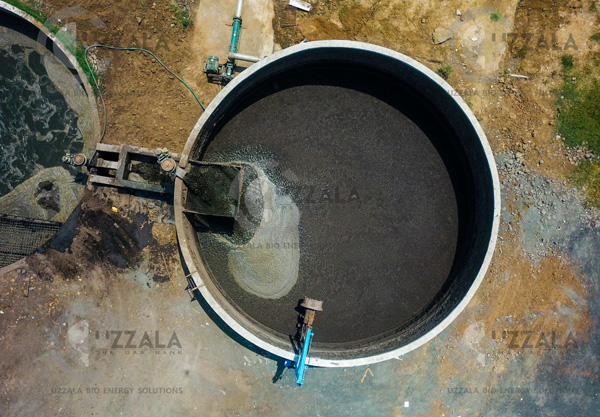Contact Info.
-
Email
uzzalabio@gmail.com -
-

Biogas is produced by anaerobic (oxygen free) digestion of organic materials such as sewage sludge animal waste, and municipal solid wastes (MSW).
The sewage sludge contains mainly proteins, sugars, detergents, phenols, and lipids. Sewage sludge also includes toxic and hazardous organic pollutants sources. The digestion of municipal sewage sludge (MSS) in three basic steps: acidogen, methanogens, and methanogens. During a 30-day digestion period, 80-85% of the biogas is produced in the first 15-18 days. Higher yields were observed within the temperature range of 30-60.C and pH range of 5,5-8.5 The MSS contains low nitrogen and has carbon-to-nitrogen (C/N) ratios of around 40-70. The optimal C/N ratios for the AD should small-scale sewage plants is often low, so nitrogen can be added in an inorganic form (ammonia or in organic form) such as livestock manure, urea, or food wastes.
Potential production capacity of a biogas plant with a digestion chamber size of 500 m3 was estimated as 20-36 x 103 Nm3 biogas productions per year
What we are willing to create a wastewater treatment plant that is, at a minimum, energy neutral, by minimizing the power used on site, and maximizing the production of biogas and energy from wastewater and organic waste.